Inventing and Reinventing the Goddess
Inventing and Reinventing the Goddess
Contemporary Iterations of
Hindu Deities on the Move
Edited by Sree Padma
LEXINGTON BOOKS
Lanham Boulder New York Toronto Plymouth, UK
Published by Lexington Books
An imprint of The Rowman & Littlefield Publishing Group, Inc.
4501 Forbes Boulevard, Suite 200, Lanham, Maryland 20706
www.rowman.com
16 Carlisle Street, London W1D 3BT, United Kingdom
Copyright 2014 by Lexington Books
All rights reserved. No part of this book may be reproduced in any form or by any electronic or mechanical means, including information storage and retrieval systems, without written permission from the publisher, except by a reviewer who may quote passages in a review.
British Library Cataloguing in Publication Information Available
Library of Congress Cataloging-in-Publication Data
Inventing and reinventing the goddess : contemporary iterations of Hindu deities on the move / Edited by Sree Padma.
pages cm
Includes bibliographical references and index.
ISBN 978-0-7391-9001-2 (cloth : alk. paper) -- ISBN 978-0-7391-9002-9 (electronic)
1. Hindu goddesses. 2. Hindusim--Social aspects. I. Sree Padma, 1956- editor of compilation.
BL1216.I68 2014
294.5'2114--dc23
2014008425
 TM The paper used in this publication meets the minimum requirements of American National Standard for Information Sciences Permanence of Paper for Printed Library Materials, ANSI/NISO Z39.48-1992.
TM The paper used in this publication meets the minimum requirements of American National Standard for Information Sciences Permanence of Paper for Printed Library Materials, ANSI/NISO Z39.48-1992.
Printed in the United States of America
For my husband, John Clifford Holt
List of Figures
List of Tables
Acknowledgments
This volume owes its origins to the panels I organized on goddess traditions at conferences such as the annual South Asia conference at the University of Wisconsin and the Association for Asian Studies annual meetings held during the years between 2011 and 2013. I extend my sincere thanks to the organizers of both. I am grateful to my co-scholars and friends who not only presented their papers in the panels I organized but also agreed to work on them later to turn them into chapters for this volume. While the rest of the papers I presented in these panels became part of the book I published with Oxford University Press with the title Vicissitudes of the Goddess, my last and most recent presentation forms part of this volume. I express my debt to my family members and friends in India who accompanied me in interviewing devotees and in documenting the rituals held to the goddess Uppalamma.
As far as technical aspects of this volume are concerned, I owe my gratitude to the IT department at Bowdoin College. I am especially grateful to Ms. Jennifer Snow, who worked with me in producing two of the maps that appear in this volume and one on the affiliated website (see chapter 1). Thanks to Ms. Emily Frazzette at Lexington Books for overseeing the publication of this book quickly and efficiently.
Introduction
Sree Padma
Popular religion in India is dominated overwhelmingly by the worship of innumerable goddesses whose shrines are often located in wide-open public spaces or, in other instances, in inconspicuous venues hardly noticed by anyone who is not a devotee. While periodic rituals held in honor of these goddesses do garner considerable public attention, for the most part, worship of local goddesses is often regarded as a rather inconsequential dimension of Indias religious culture. Scholarly focus has aimed predominantly on the study of priestly brahmanical textual traditions, the practice of yoga, and the mythologies associated with the divine exploits of Shiva and Vishnu, along with attendant or subordinated deities, including goddess figures. Yet, a thorough examination of local goddesses, such as my own studies of Andhra village goddesses contained in a recently published book, Vicissitudes of the Goddess, reveals the widespread prevalence of local goddess cults, their recent and remarkable spread to new geographical locations, their persistent survival throughout extended historical periods, and consequently, their sustained relevance from the ancient past into the present. Veneration of local goddesses is a dimension of Indian cultural history and society that can no longer be relegated to the backwaters of academic consideration. I take it as a healthy sign that scholarly interest in the last three decades exploring the multifaceted understanding of many contemporary goddess traditions is definitely on the rise. Considering the central role that local goddesses play in many peoples lives as elaborated below, there is a fundamental need for further extending more scholarly understanding of factors contributing to the fluctuating careers of many of these goddesses and the kinds of sociological, psychological, and religious meanings that their representations convey. Indeed, it may not be too inaccurate to assert that the most common form of religious worship in India is celebrated within the context of local goddess veneration. While this claim may surprise western observers, it should not be forgotten that Indias population remains about 75 percent village-based, and local goddesses are regarded as protectors of these villages.
Not very long ago, goddess rituals received unsolicited attention by British colonial government officials and by western Christian missionaries, who criticized them as irrational and uncivilized. Consequently, strategies were devised in these quarters to reform peoples religiosity. Despite many efforts made by the colonial government, which were later followed by the government of independent India, the contemporary scene in India, and in the rest of South Asia, reflects the fact that the worship of these goddesses not only still persists but also remains wondrously widespread. A prodigious number of goddesses from ancient times to the present have not remained static in nature. While some goddesses have disappeared with the passage of time, others have been revived and still others have been recast and transformed. This is a book about those processes.
It is clear that some well-known goddesses have accumulated a rich history in which they have made many transitions and amalgamations over centuries to remain relevant to the changing needs of generations of devotees. Some lesser-known goddesses have taken on different incarnations and have traveled to new geographical areas to meet changing needs of their devoteesfrom one cultural region of India to another, or from rural contexts to urban milieu. The circumstances that lead to these changes over time and in different spaces are, of course, quite varied. These matters and others are broached in this volume, in the process showing how local goddesses have adapted in various contexts and conditions.
More specifically, the aim of the volume is to explore the identities and transformations of goddesses in their nontraditional locations. That is, we have made an effort to understand how the conceptuality of goddesses of a seemingly local nature have been adjusted to new situations brought about by processes of colonization, urbanization, migration, scientific discoveries, technological developments, and the concomitant evolution of peoples needs of a material and spiritual nature. As the understandings of these goddesses have transcended different economies, cultures, time, and space, their changing identities demand new analytical discussions beyond traditional normative categories.
Some of the issues broached in this volume are framed by a consideration of how processes of modernization and globalization play a role in changing the kind of venues in which these goddesses are worshiped. The investigation thus includes questioning whether this trajectory of understanding, in which local goddesses are often viewed pejoratively, is still (or ever was) warranted, how locality associated with these goddesses has been transformed in recent decades, and how goddesses have come to represent the contemporary concerns of many different groups, including feminists and environmentalists. The chapters in this volume consider several other dimensions of the worship of goddesses in Hindu society as well. These include the interrogation of invention and reinvention of goddess cults, especially the role of mythology, social hierarchy, gender differences, and coping mechanisms of the subaltern in order to resist the power of the government and big businesses. Regardless of these different investigations, a consistent focus that runs through these chapters is aimed at ascertaining the particular quality or qualities of these goddesses that tie them to their original and newly found localities.
Next page
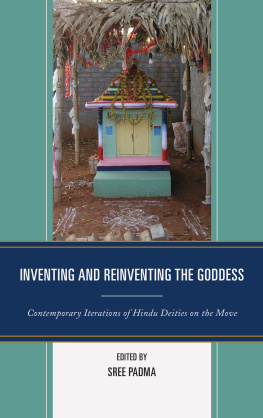
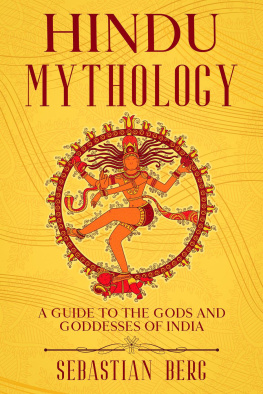

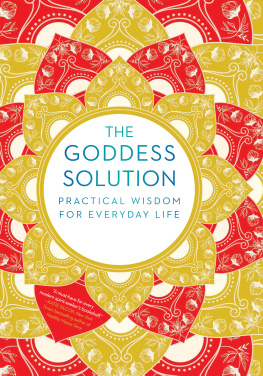
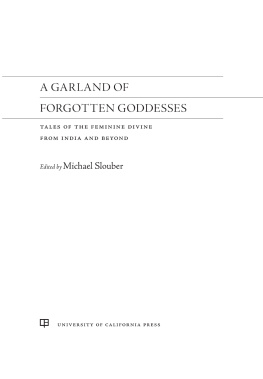
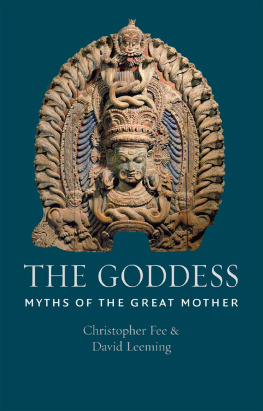
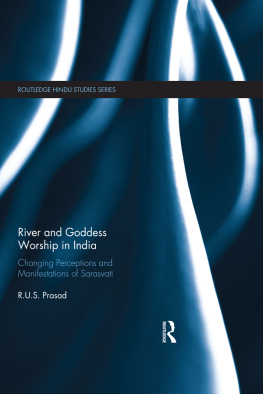

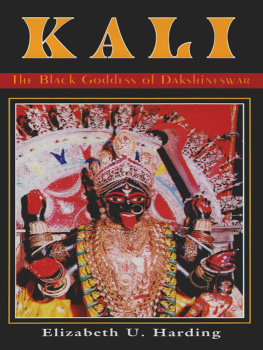
 TM The paper used in this publication meets the minimum requirements of American National Standard for Information Sciences Permanence of Paper for Printed Library Materials, ANSI/NISO Z39.48-1992.
TM The paper used in this publication meets the minimum requirements of American National Standard for Information Sciences Permanence of Paper for Printed Library Materials, ANSI/NISO Z39.48-1992.